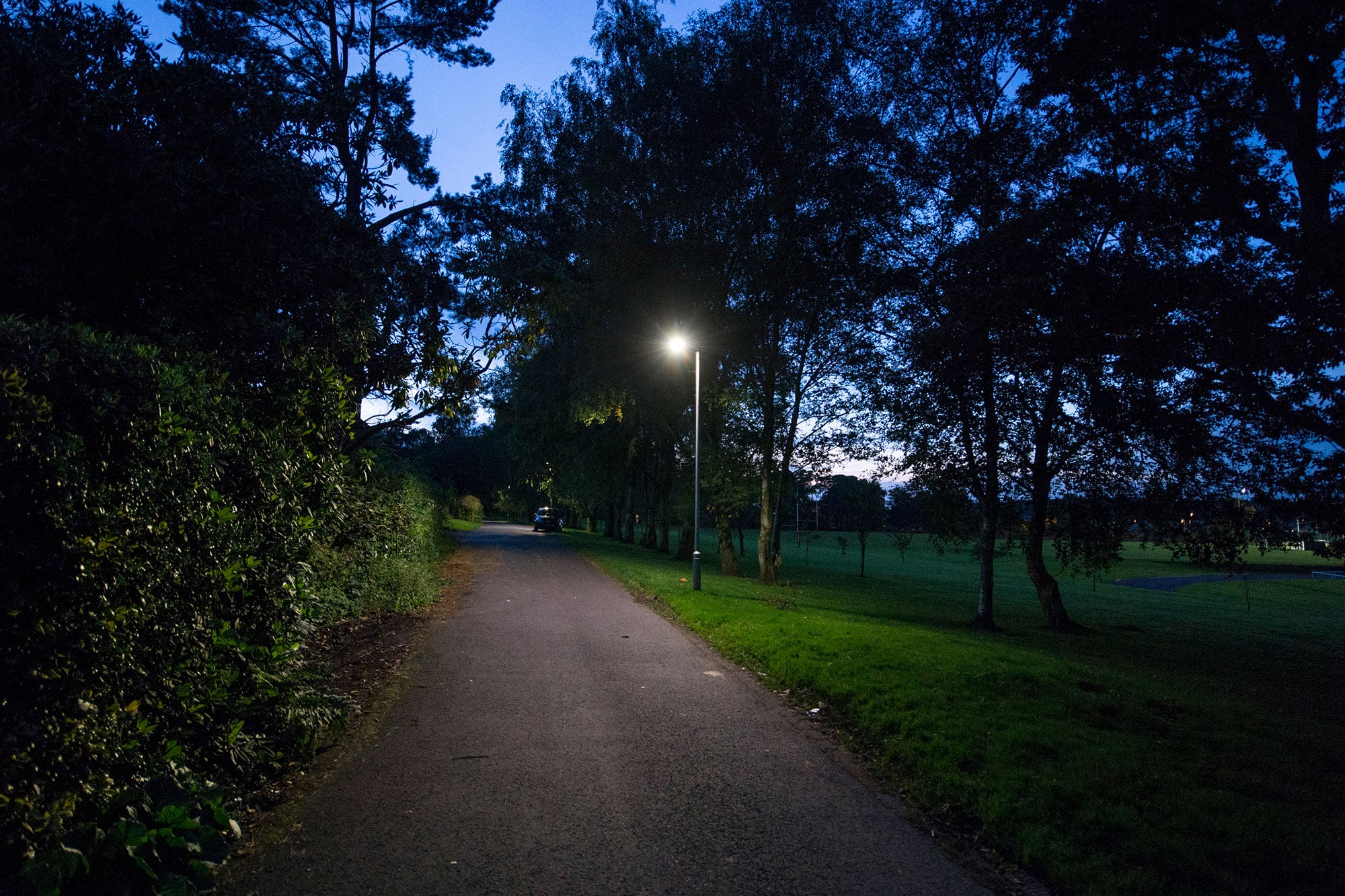Street Lighting Through Time
It is no understatement to say that street lighting is part of the fabric of civilisation. As early as 500 BC, a form of street lights was in use in Peking, using natural gas from volcano leaks channelled through bamboo pipes.
London and Paris both had gas-lit streets from the early 1800s; and electric arc lamps started to become more common as street lights from the end of the 19th century in American cities.
Street lighting evolves and adapts as things change, and consequently, it will continue to do so.
What are the challenges to UK street lighting in the future, and what is the potential for new lighting technology to further transform our lives?
The LED Street lighting Revolution
With operational costs at the forefront of many street lighting providers’ concerns, LED lighting technology is providing an economic, efficient solution to UK street lighting.
Increasingly, more and more local authorities are making the switch to LED street lights, but what exactly are the benefits?
With many local councils having less to spend on infrastructure in general, the challenge is to find ways of maintaining adequate levels of street lighting while keeping firm control of limited budgets.
There is also the issue of reducing the overall carbon footprint to consider.
LEDs offer significant financial savings and added value.
They have an increased life expectancy, typically lasting between 20 and 25 years. Conventional street lights can last as little as three to four years before requiring replacement components, such as lamps.
This also means a saving in maintenance costs, with LEDs offering virtually a fit-and-forget street lighting solution.
Combined with a fixed cost maintenance programme, providers can be looking at a best value answer to their street lighting requirements.
Better Control of Street Lighting
While LEDs are revolutionising street lighting, they are only the initial stage in the evolution of lighting systems.
As technology advances, the opportunity to fine tune lighting levels will become more widespread, accessible and affordable. This involves much greater control of street lighting.
Integrating LEDs with motion sensors means that service providers will be able to switch on lights when pedestrians or motorists pass by, or raise or dim lighting levels according to external conditions or requirements of emergency services.
Having better control systems also means better control of energy and more visibility regarding energy usage. This can help reduce local authorities’ lighting bills.
Various cities worldwide have started to explore smart lighting systems, which have intelligent controls.
There are claims that such systems will eventually be able to save cities around 70% on energy.
Advanced Street Lighting Applications
The implementation of better controlled and technically advanced street lighting opens up new possibilities for advanced applications connected to street lighting.
Being connected to a power supply, and being widely distributed, makes street lights ideal for providing additional services.
One method is to integrate sensors into street lights, which can then provide environmental monitoring.
This data is then useful in a variety of ways: for proposing traffic management plans or assessing air quality, for example.
Another way of maximising the potential of advanced, integrated street lighting technology is to use it for solutions for traffic optimisation.
Installing cameras and sensors on lampposts and using their established connectivity will allow authorities to implement smart parking programmes or innovative traffic congestion controls.
Street lights could also be a means of providing better public wi-fi and internet connectivity, using them to create a wireless mesh network.
Finally, street lights can provide a ready network for electric vehicle (EV) charging. In the UK, where most parking is on street, rather than home-based, creating an accessible EV charging infrastructure is a challenge.
Fitting street lights with charging points can help provide better access to charging for drivers, and encourage the take-up of EVs.
The Future is Here
We specialise in end-to-end street lighting services, from design and installation to maintenance.
For forward-thinking street lighting solutions, please contact us.


